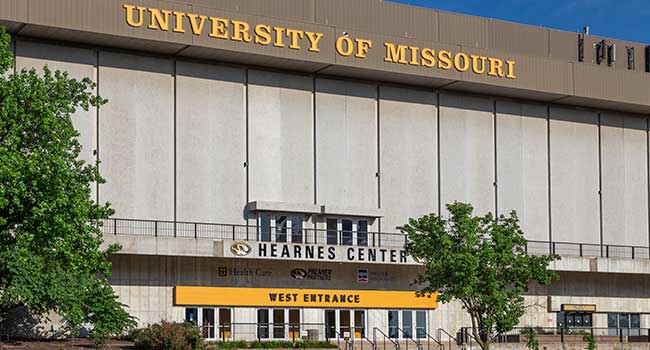
Missouri State University Makes Changes to University Security Division
Missouri State University has rebranded its campus safety division and is making changes to improve security.
- By Jessica Davis
- April 25, 2019
Missouri State University has rebranded its Department of Safety and Transportation to the Office of University Safety. The office is responsible for managing transportation, emergency preparedness, law enforcement and general safety on campus.
“We want to be viewed as the campus safety experts,” said David Hall, director of University Safety. “Students should feel comfortable coming to us with any safety needs they may have.”
According to the 2019 University Safety Spring Update, the Office of University Safety is moving its emphasis “from non-sworn, security enforcement to an extreme focus on crime prevention, increasing safety training, campus risk-reduction and providing professional level services.”
As part of this rebrand, public safety officers are now known as campus safety specialists and will wear polo shirts instead of uniforms. This change aims to clarify that the specialists are not law enforcement, but instead a resource to assist students as needed.
The campus safety specialists’ responsibilities include things that don’t require professional police training, like providing safewalks, jumping cars and unlocking rooms.
“We try to leave law enforcement to the professionals,” Hall said.
Missouri State also plans to upgrade the security cameras and on-campus lighting in areas where students don’t always feel safe. The Student Government Association recently approved a measure to fund more cameras.
Hall also wants to improve the campus dispatch system.
“By having two dispatchers, instead of just one, a dispatcher can stay on the line with the person who needs immediate assistance while the other dispatcher uses the camera system to help law enforcement locate the person,” Hall said.
The Office of University Safety’s emergency preparedness measures include safety trainings, as well as safety equipment like fire extinguishers and automated external defibrillators (AEDs).
“We have 1,996 fire extinguishers on campus that need to be inspected once per month,” Hall said. “That’s a big job.”
More AEDs were added to campus recently, and there is an app available for people trained in how to use them. According to the Office of University Safety’s Spring Report, the app notifies users when someone is in cardiac arrest and points them toward the nearest AED.
“In the case of an emergency, the equipment needs to be there and it needs to be working,” Hall said.
Hall said the division is still working to increase student awareness of their work.
“Getting accurate information to students about what we do and how to access our resources is something we struggle with,” Hall said. “Ultimately we want to be that kind of neighborhood person that you can come to if you need help.”
About the Author
Jessica Davis is the Associate Content Editor for 1105 Media.